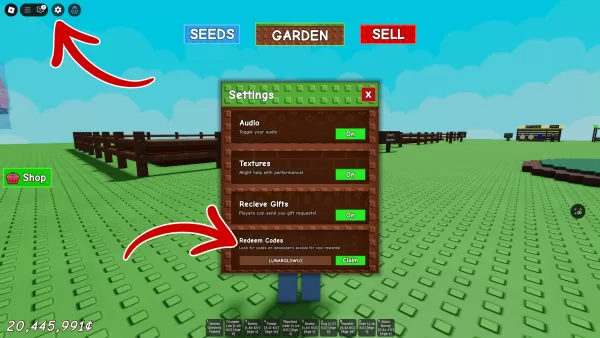Valve Opts Out of Annual Upgrades for Steam Deck, Focuses on "Generational Leap"
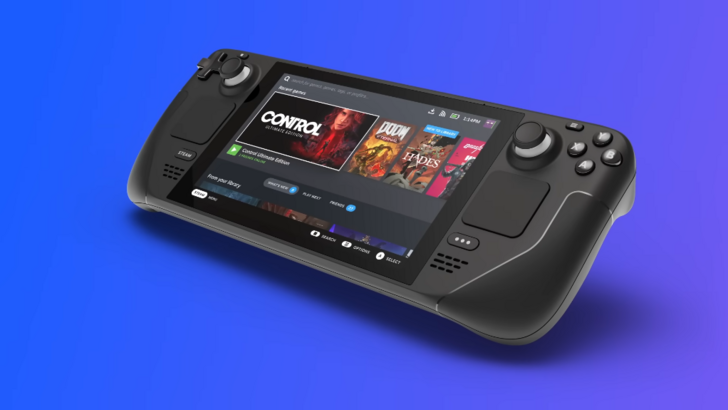
Valve has announced a significant departure from the traditional yearly hardware upgrade cycle common in the smartphone and handheld console markets. Lawrence Yang and Yazan Aldehayyat, the designers behind the Steam Deck, shared their reasoning and future plans for this innovative gaming device.
Valve to Avoid Annual Upgrade Cycle for Steam Deck

In a strategic move, Valve has decided against the annual hardware refresh model. Lawrence Yang, in an interview with Reviews.org, stated, "We’re not going to do a bump every year. There’s no reason to do that. And, honestly, from our perspective, that’s kind of not really fair to your customers to come out with something so soon that’s only incrementally better."
Instead, Valve is aiming for what they term a "generational leap," ensuring that any future iteration of the Steam Deck will offer significant improvements without compromising battery life. This approach underscores Valve's commitment to delivering meaningful upgrades that justify the wait and the cost for consumers.
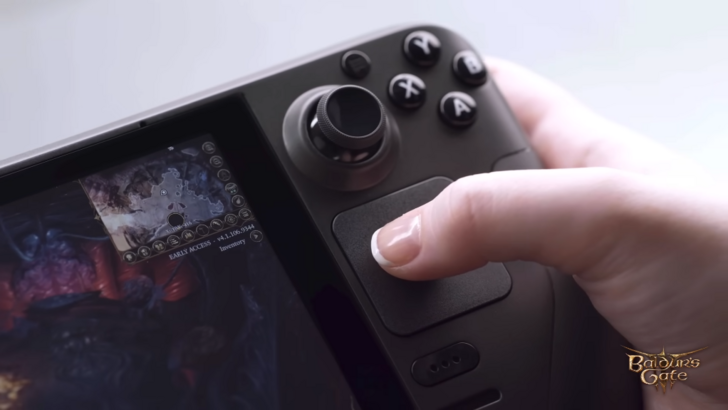
Yazan Aldehayyat emphasized Valve's focus on addressing user needs, particularly in enhancing the experience of playing PC games away from a traditional desktop environment. While the Steam Deck has made strides in this area, Aldehayyat acknowledged that there's still "a lot of room for improvement." He also expressed enthusiasm for the competitive landscape, suggesting that innovations like the Steam Deck's touchpads could inspire other companies to adopt similar features, saying, "We would love if other companies use touchpads."
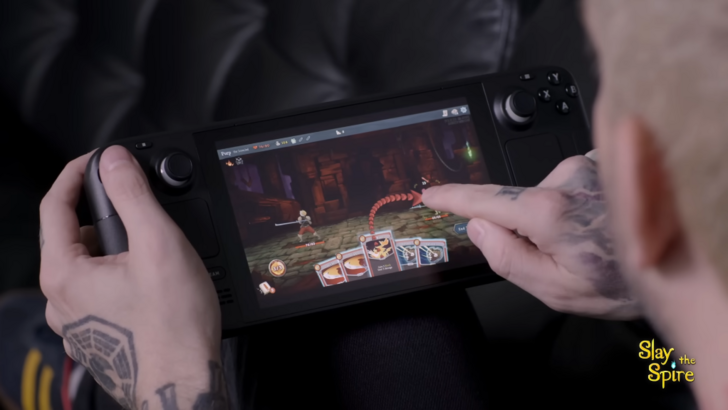
Discussing missed opportunities, Aldehayyat revealed that variable refresh rate (VRR) was a feature they wished had been included in the Steam Deck OLED. Despite user demand and their own desire to include it, VRR couldn't be implemented in time for the OLED model's launch. Yang clarified that the OLED Steam Deck was not intended as a second-generation device but rather a refinement of the original LCD model.
The team is also working on extending battery life in future models, though they are constrained by current technological limitations. Users may have to wait for the next significant update, possibly the Steam Deck 2, to see these enhancements.
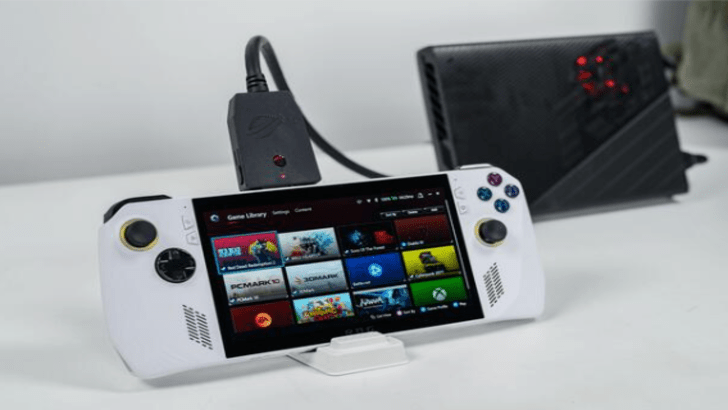
Despite the absence of yearly updates, there's concern that the Steam Deck might fall behind competitors like the Asus ROG Ally and Ayaneo. However, Valve views the competition positively, seeing it as a catalyst for innovation in the handheld gaming PC market. Aldehayyat expressed excitement about the diverse approaches companies are taking to improve gaming experiences outside traditional setups, stating, "We love the idea that a lot of companies are working on improving the experience of playing games outside of your office or away from your computer."
Steam Deck to Officially be Sold in Australia This November
The global rollout of the Steam Deck has influenced Valve's decision to focus on significant updates rather than annual ones. Valve officially launched the Steam Deck in Australia in November 2024, as announced during PAX Australia. An exact release date has yet to be specified.
Before this announcement, Australians could only obtain the Steam Deck through unofficial channels. Yang explained the delay, saying, "It takes a very long time to get everything buttoned up in terms of financial due diligence, and then setting up all the logistics and warehousing and shipping and returns and all that kind of stuff."
Aldehayyat added that Australia was always on their radar, stating, "Australia was on the list of countries we wanted to be in during the first day of even designing the product. It was designed to meet Australian requirements. It was certified the same time the US and Europe and Asia was certified." However, they lacked the necessary business infrastructure in Australia to handle returns effectively.
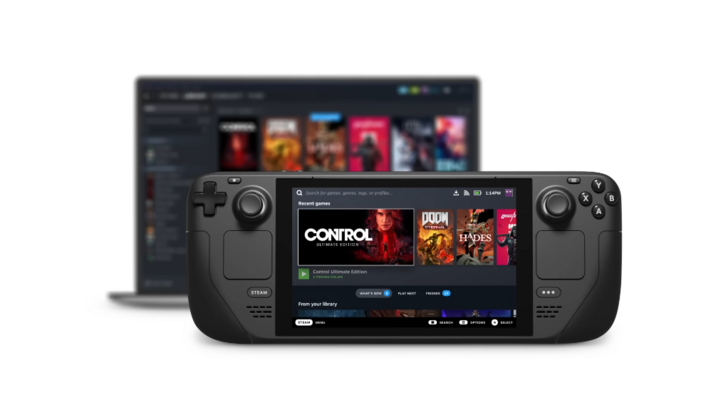
At present, Valve does not officially sell the Steam Deck in several countries, including Mexico, Brazil, and many parts of Southeast Asia like the Philippines and Indonesia. Users in these regions must rely on unofficial means to acquire the device, missing out on official support, accessories, and warranties.
In contrast, the Steam Deck is available in markets such as the United States, Canada, much of Europe, and parts of Asia, including Taiwan, Hong Kong, South Korea, and Japan via Komodo’s website.

 Latest Downloads
Latest Downloads
 Downlaod
Downlaod




 Top News
Top News